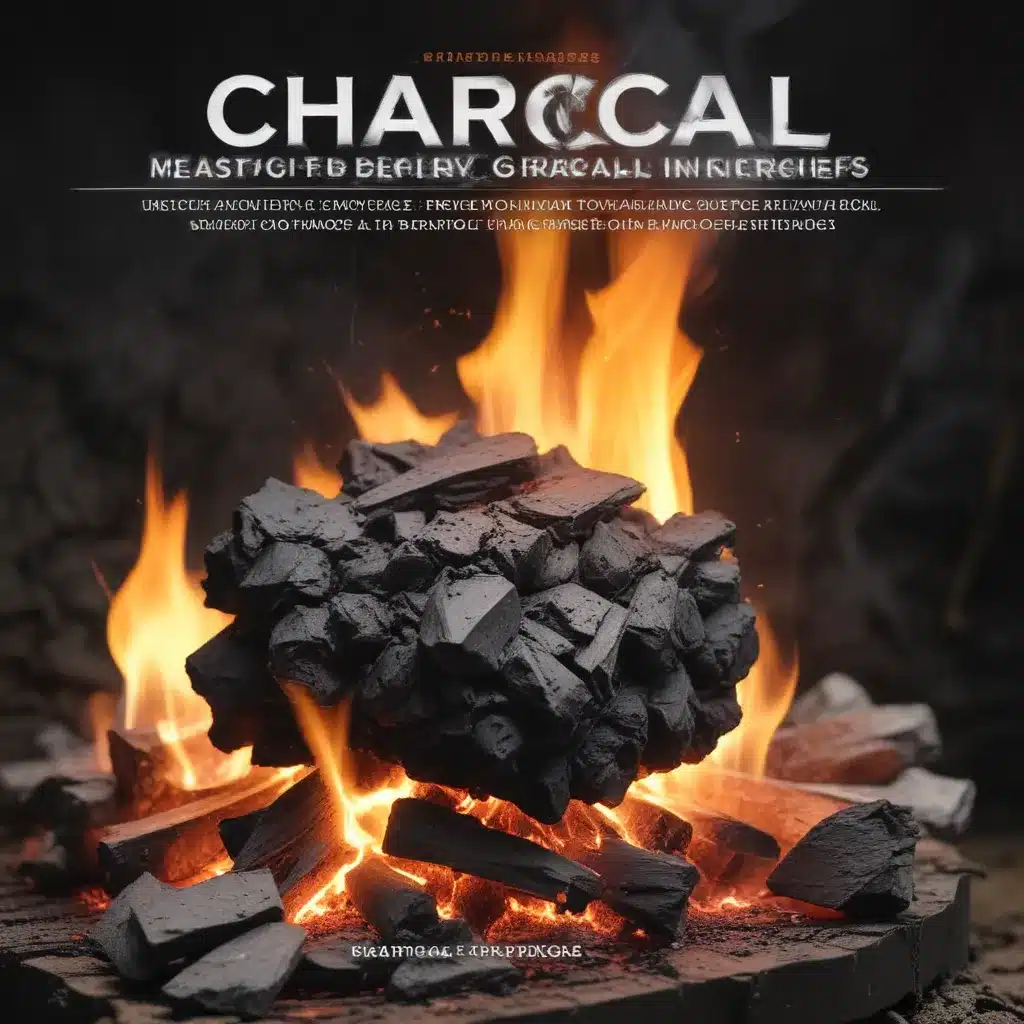
As an experienced barbecue pitmaster, I’ve spent countless hours tending to the perfect charcoal fire, fine-tuning my approach to ensure optimal performance and mouthwatering results every time I fire up the grill. Over the years, I’ve learned that mastering the art of charcoal ignition is the foundation for creating an exceptional barbecue experience, whether you’re cooking for a backyard gathering or competing in a high-stakes competition.
At the heart of every great barbecue lies the charcoal fire – the beating heart that fuels the process and infuses your food with that irresistible smoky flavor. But igniting the charcoal properly is no easy feat. It requires a delicate balance of technique, patience, and a keen understanding of how the charcoal interacts with the airflow and heat.
One of the most common mistakes I see novice grillers make is rushing the charcoal lighting process. They’ll pour in the briquettes, slap on the grill grate, and before you know it, they’re tossing on the burgers or chicken, only to be disappointed with uneven cooking and a lack of that coveted smoky essence. The key is to take your time and let the charcoal properly ignite and reach the optimal temperature before adding your food.
I prefer to use the minion method when lighting my charcoal. This involves placing a small handful of pre-lit charcoal briquettes or chunks in the center of the grill, then surrounding them with a larger ring of unlit charcoal. As the pre-lit coals slowly ignite the outer ring, it creates a more gradual, even heating process that’s ideal for low and slow cooking techniques like smoking ribs or brisket.
Another essential technique is the proper use of fire starters. Whether you’re utilizing paraffin-based cubes, fire-starting gels, or even natural options like wood chips or shredded newspaper, these ignition aids can make all the difference in getting your charcoal lit quickly and efficiently. The key is to strategically place them among the coals, allowing the flames to gradually spread and engulf the entire surface area.
One of my favorite tips is to use a charcoal chimney starter – a simple, cylindrical device that uses a small amount of newspaper or fire starters to ignite the charcoal from the bottom up. This method ensures a quick, even light without the need for lighter fluid, which can impart undesirable flavors.
When it comes to the type of charcoal you use, I’m a firm believer in high-quality lump charcoal. While briquettes have their place and can be perfectly suitable, lump charcoal offers a more natural, authentic smoke flavor that I find enhances the overall barbecue experience. Look for hardwood lump charcoal made from oak, maple, or hickory for the best results.
Another important consideration is airflow. Providing the right amount of oxygen to the charcoal is crucial for maintaining an even, consistent burn. I always make sure to open the vents on my grill or smoker to allow the air to circulate properly, adjusting the airflow as needed to keep the fire burning strong.
One of the most valuable lessons I’ve learned over the years is the importance of patience. Rushing the charcoal ignition process or trying to force a quicker cook time will only lead to frustration and subpar results. Instead, I’ve learned to embrace the slow, methodical approach, allowing the charcoal to gradually reach the perfect temperature before adding my food.
This patience also extends to monitoring the fire throughout the cooking process. I’m constantly adjusting the airflow, adding or rearranging the charcoal as needed, and keeping a close eye on the temperature to ensure consistent, controlled cooking.
Of course, no discussion of charcoal ignition would be complete without addressing the age-old debate of lump charcoal versus briquettes. Both have their merits, and I’ve found that the choice often comes down to personal preference and the specific dish I’m preparing.
Lump charcoal, as I mentioned, offers a more natural, smoky flavor profile that I find particularly well-suited for low and slow cooking methods. The irregular shapes and sizes can also make it easier to control the airflow and create specific hot and cool zones within the grill or smoker.
Briquettes, on the other hand, are more uniform in size and shape, making them ideal for even, consistent heating across the entire cooking surface. They also tend to burn more steadily and predictably, which can be advantageous for high-heat searing or quicker grilling tasks.
Ultimately, I encourage fellow barbecue enthusiasts to experiment with both types of charcoal and find what works best for their particular cooking style and preferences. The beauty of the charcoal-fueled barbecue is that there’s no one-size-fits-all approach – it’s all about finding what resonates with your unique palate and technique.
As you continue to hone your skills and explore the world of charcoal-fueled barbecue, I encourage you to never stop learning and experimenting. Attend local competitions, join online forums, and seek out mentorship from experienced pitmasters in your area. The more you immerse yourself in the barbecue community, the more you’ll discover the endless possibilities for creating truly remarkable, flavor-packed dishes.
And of course, don’t forget to visit Creekside BBQ to explore our selection of premium charcoal, accessories, and expert-curated recipes. Whether you’re a seasoned pitmaster or just starting your barbecue journey, we’re here to help you unlock the full potential of your charcoal-fired creations.
Happy grilling, and may your charcoal forever burn bright!

